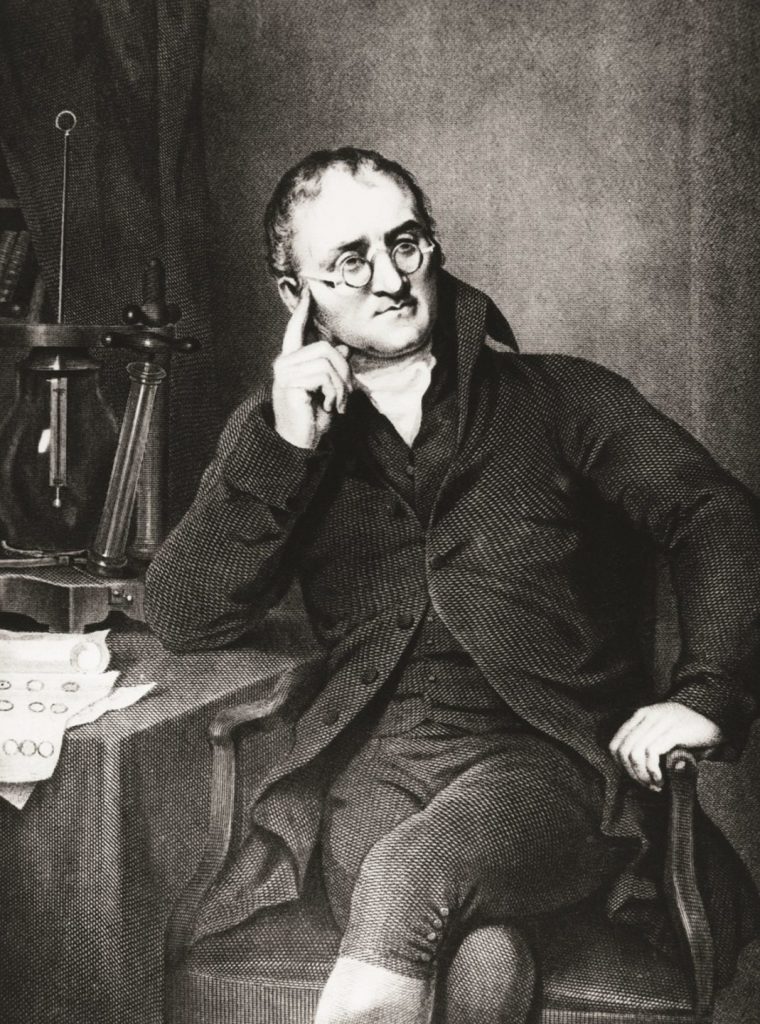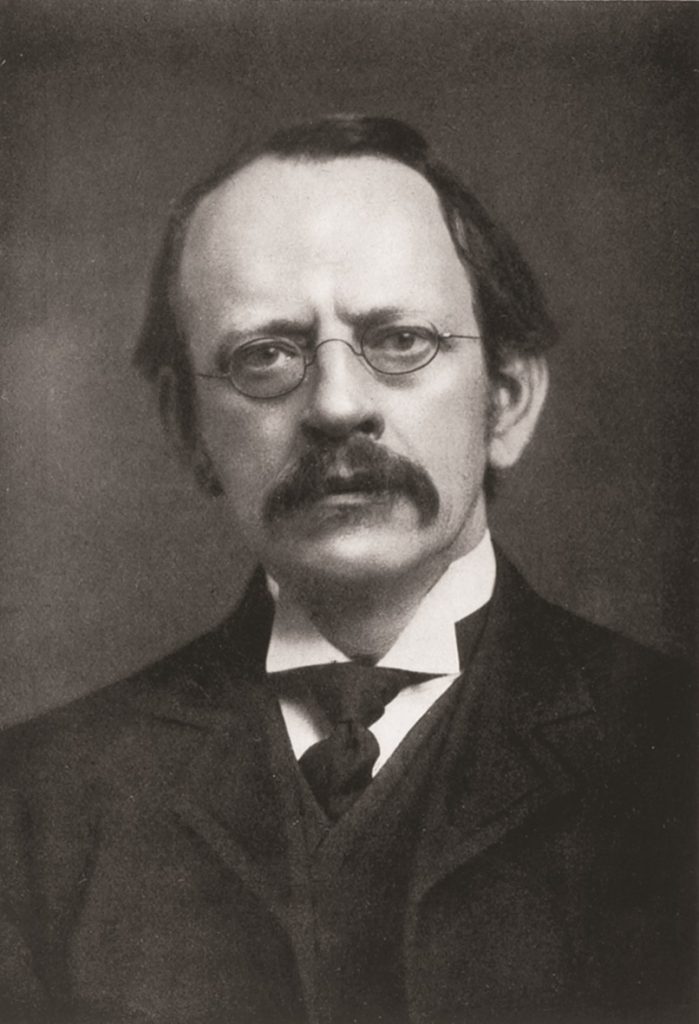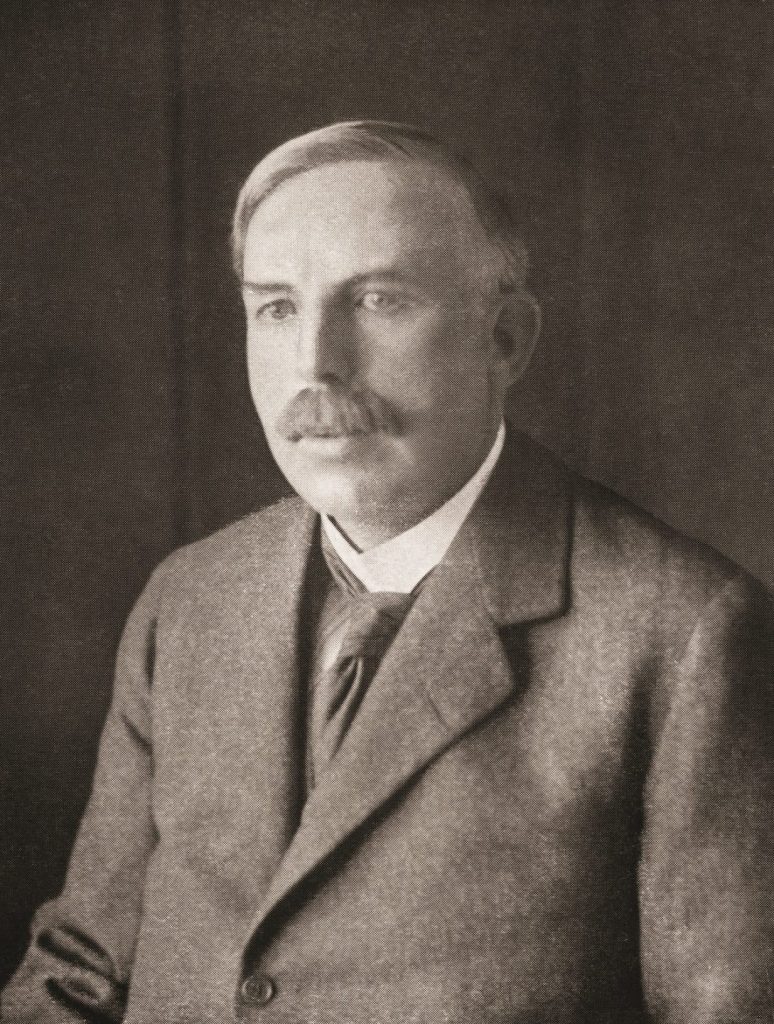In the centuries since the discovery of the famously uncuttable atom, scientists and philosophers alike have delved deeply into its form and function. As our powers of observation become increasingly sophisticated, we’ve found there is much yet to learn, as Jeff Glorfeld explains.
This activity demonstrates how scientific understanding is constantly undergoing refinement. It shows students how scientists hypothesise using the evidence available to them and continue to test these theories to refine them. The activity is suited to students in years 8, 9, and10 studying Chemistry, Physics and Science as a Human Endeavour.
Word Count: 1456
Much like car keys when you’re in a hurry, you know atoms exist, but you just can’t see them.
Greek philosopher Democritus, who lived from roughly 460 to 370 BCE, is generally regarded as the originator of the term “atom”. The peer-reviewed Stanford Encyclopaedia of Philosophy calls him an “atomist” and says this of atomist philosophy: “There are two fundamentally different kinds of realities composing the natural world – atoms and void. Atoms, from the Greek adjective atomos or atomon, ‘indivisible’, are infinite in number and various in size and shape, and perfectly solid, with no internal gaps… Other than changing place, they are unchangeable, ungenerated and indestructible.”
Known as “the laughing philosopher” because he valued cheerfulness and mocked human follies, Democritus was a contemporary of Aristotle, who, despite being a leading critic of his atomist viewpoints, praised Democritus for the strength of his arguments as a natural philosopher.
Some years later, the work of British chemist, meteorologist and physicist John Dalton (1766–1844) led to findings that would become known as Dalton’s atomic theory, which can be linked to later discoveries such as Einstein’s theory of relativity and Planck’s quantum theory. Born into a Quaker family in northwest England, Dalton began his scientific career with a ground-breaking paper on colour blindness; he himself was colour blind, and the condition is still sometimes called Daltonism.
His interest in atomism stemmed from a lifelong fascination with meteorology, which led to research into gases. He set about measuring the masses of elements such as nitrogen, hydrogen and oxygen. This allowed him to contest the theory that atoms of all kinds of matter are alike; he deduced that atoms of different elements vary in size and mass.
Despite being wrong in many respects (he still believed atoms to be indivisible and solid), Dalton’s research had a profound effect on scientific and philosophical thought. He told a lecture audience in 1807 that he believed his work would “produce the most important changes in the system of chemistry and reduce the whole to a science of great simplicity”.
In 1949, Russian chemist BM Kedrov wrote of Dalton’s discoveries in philosophic terms, describing their influence on “the position of materialism” and the “so-called dynamic theory”, the concept of attraction and repulsion as two fundamental forces in nature, put forth by German philosophers such as Immanuel Kant and Georg Wilhelm Friedrich Hegel.
Writing in the journal Philosophy and Phenomenological Research, Kedrov said Dalton’s “atomism” was connected to “many of the most important developments in the history of science”. But Kedrov also believed one of its most important contributions was to cause “a great expansion of the part played by theoretical thought in chemistry”.
Another British scientist, JJ Thomson, took our understanding of the atom’s structure to a new level. Winner of the 1906 Nobel Prize in Physics, Thomson was something of a Nobel magnet: seven of his research assistants, along with his own son, George Paget Thomson, went on to win the physics prize, and one of his best-known students, physicist Ernest Rutherford, won the 1908 Nobel Prize in Chemistry for his concept of radioactive half-life. We’ll hear more about Rutherford shortly.
In Thomson’s time, scientists still believed atoms, as fundamental building blocks, were the smallest particles in the Universe.
By the 1830s, Michael Faraday had discovered that atoms were associated with positive or negative electric charges and had come up with new terms for these electrochemical processes, such as “ion” and “electrode”. In 1891, Irish physicist George Johnstone Stoney coined the word “electron” to represent the fundamental unit of electrical charge, believing it to be the smallest unit of charge an ionised atom could have.
In 1897, during a series of experiments, Thomson passed cathode rays through a tube, under the influence of electric and magnetic charges, and measured factors such as negative and positive charges and mass. Thomson deduced that the atom, rather than being indivisible as Democritus had theorised more than 2000 years before, was a bounded region of positive charge occupied by negative charges, which he believed to be electrons.
Thomson’s proposed atom was eventually named the “plum pudding model”, with the electrons as the negative plums encased in a positive pudding. Our understanding of the atom took a huge step forward in 1911 when New Zealand-born physicist Rutherford presented his new model of atomic structure. Working in Britain with a team that included Hans Geiger (of Geiger counter fame) and Niels Bohr, Rutherford conducted experiments in his laboratory at the University of Manchester.
It was said of Rutherford – one of the most distinguished scientists of his or any other time – that his was always the loudest voice in the room. He was incredibly energetic, and he continued to dress like a New Zealand farmer. He came to describe the atom as a tiny, dense, positively charged core, called a nucleus, containing nearly all the mass, surrounded by negatively charged electrons, which circulate much like planets revolving around the Sun – hence it became known as the planetary model.
To arrive at this model, Rutherford constructed the “gold foil experiment”. Principally assisted by Geiger, he sent a beam of particles from a radioactive source against thin gold foil and onto a surrounding zinc sulphide screen that would show a small flash of light when hit by a scattered article. After a time trying to see and count each light flash, Geiger was encouraged to build a device that would detect radiation and count each particle strike – the first of his eponymous counters.
Other scientists took Rutherford’s findings and refined and improved them, most notably Bohr, a Danish physicist and winner of the 1922 Nobel Prize in Physics who had studied under Thomson in 1911 and joined Rutherford in Manchester in 1912.
Bohr believed one problem with Rutherford’s planetary model was that under established theories of electromagnetism the electrons should lose energy and spiral into the central nucleus, making all atoms extremely unstable. He resolved this in 1915 by adapting Planck’s quantum theory and proposing a planetary model similar to Rutherford’s in which electrons attain stable, discrete orbits around the nucleus, dependent upon their energy makeup.
Gradually, technology started to catch up to intellectual curiosity. In August 1970, the journal BioScience reported that University of Chicago physicist Albert Crewe had used an electron microscope to produce “the first photographs of a single atom within a molecular structure”.
The microscope passed a beam of electrons through a specimen – in this case, uranium and thorium – “and the electrons’ form reveals that specimen on the oscilloscope… so that a picture of the specimen can be obtained by detecting electrons as they emerge from the specimen”.
Scientists continue to look deeper into the atom to discover its structure. In 2009, Inside Science, a news service provided by the American Institute of Physics, reported that Ukrainian researchers from the Kharkov Institute for Physics and Technology had, for the first time, using a field-emission electron microscope, “photographed the structure of an atom down to its electrons”.
Inside Science says the pictures show detailed images of a single carbon atom’s electron cloud. “This is the first time scientists have been able to see an atom’s internal structure directly.”
To capture the images, researchers placed “a rigid chain of carbon atoms, just tens of atoms long, in a vacuum chamber and streamed 425 volts through the sample. The atom at the tip of the chain emitted electrons onto a surrounding phosphor screen, rendering an image of the electron cloud around the nucleus.”
The article explains that “quantum mechanics states that an electron doesn’t exist as a single point, but spreads around the nucleus in a cloud known as an orbital”. It says the images show “two arrangements of the electrons in their orbitals in a carbon atom”, which “verify illustrations seen in thousands of chemistry books because they match established quantum mechanical predictions”.
Taking a step back from electrons and orbitals, Oxford University physicist David Nadlinger was the first person to take a picture of a single, separate atom. He built an “ion trap” and, using an ordinary digital camera, photographed a single, positively charged strontium atom, suspended by electric fields.
Discover magazine reported in February 2018 that Nadlinger used a blue-violet laser to “blast the atom, which then absorbs and re-emits enough light particles to be photographed with conventional equipment. So, technically, you’re seeing light emitted from an atom and not the atom itself. Two metal electrodes generate electric fields that hold the atom nearly motionless.”
Scientists remain intent on going deeper inside the atom, using tools such as the quantum microscope. They are only just beginning to understand the complexities of electron orbitals.
The atom still has secrets to reveal. But for now, where are those car keys?
This article was written by Jeff Glorfeld, former senior editor of The Age newspaper in Australia and now a freelance journalist based in California, for Cosmos Magazine Issue 87.
Cosmos magazine is Australia’s only dedicated print science publication. Subscribe here to get your quarterly fill of the best Science of Everything, from the chemistry of fireworks to cutting-edge Australian innovation.
Login or Sign up for FREE to download the educational resources










